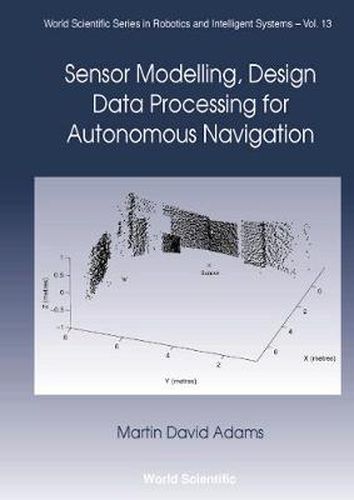Readings Newsletter
Become a Readings Member to make your shopping experience even easier.
Sign in or sign up for free!
You’re not far away from qualifying for FREE standard shipping within Australia
You’ve qualified for FREE standard shipping within Australia
The cart is loading…






Presents a framework for modelling and using sensors to aid mobile robot navigation. The text addresses the problem of accurate and reliable sensing in confined environments and makes an analysis of the design and construction of a low cost optical range finder. This is followed by a quantitative model for determining the sources and propagation of noise within the sensor. The physics behind the causes of erroneous data is also used to derive a model for detecting and labelling such data as false. In addition, the author’s data-processing algorithms are applied to the problem of environmental feature extraction. This forms the basis of a solution to the problem of mobile robot localization. The book develops a relationship between the kinematics of a mobile robot during the execution of successive manoeuvres, and the sensed features. Results, which update a mobile vehicle’s position using features from 2D and 3D scans, are presented.
$9.00 standard shipping within Australia
FREE standard shipping within Australia for orders over $100.00
Express & International shipping calculated at checkout
Presents a framework for modelling and using sensors to aid mobile robot navigation. The text addresses the problem of accurate and reliable sensing in confined environments and makes an analysis of the design and construction of a low cost optical range finder. This is followed by a quantitative model for determining the sources and propagation of noise within the sensor. The physics behind the causes of erroneous data is also used to derive a model for detecting and labelling such data as false. In addition, the author’s data-processing algorithms are applied to the problem of environmental feature extraction. This forms the basis of a solution to the problem of mobile robot localization. The book develops a relationship between the kinematics of a mobile robot during the execution of successive manoeuvres, and the sensed features. Results, which update a mobile vehicle’s position using features from 2D and 3D scans, are presented.